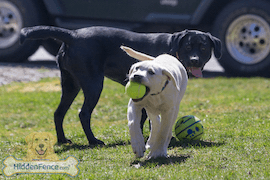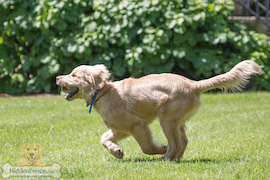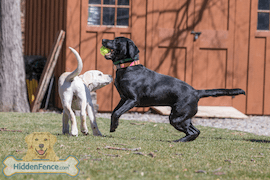- Home
- New Fence Shoppers
-
-
New Fence Shoppers- How does it work?
How does a Hidden Fence Work?
Learn how we will design your layout, Install your Fence and Train your Pet to the new boundaries.
How The Fence Works Why Choose Us? Compare to Invisible Fence® Hidden Fence FAQ Our Products GentleSteps™ Training 
Why Choose Hidden Fence?
Over 15,000 North NJ Pet Lovers and more North NJ veterinarians than all of our competitor’s combined trust Hidden Fence for their containment needs.
National Endorsements Professional Endorsements Client Endorsements About Us
-
-
- Customer Support
-
-
Service Help

Schedule a service call
Our staff of trained professionals will evaluate and perform repairs to your system as well as check and adjust program settings.
Fill Out Form We service all brands
Have non PetStop brands, no worries – we can still help you.
Fill Out Form
-
Product Support
-
-
- Shop Online
- Resources
-
-
-


Hidden Fence Photo Gallery
Our four legged customers come in all shapes, sizes and colors!
-
-
-
- Contact us

